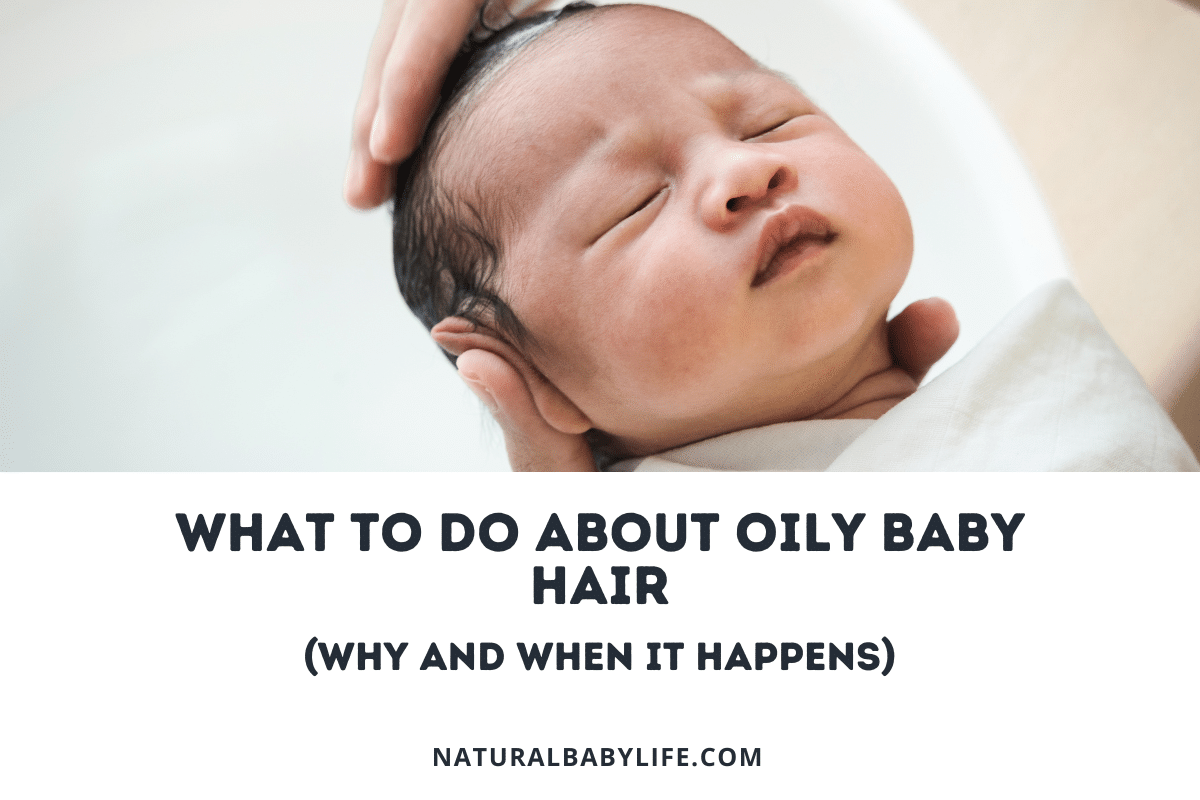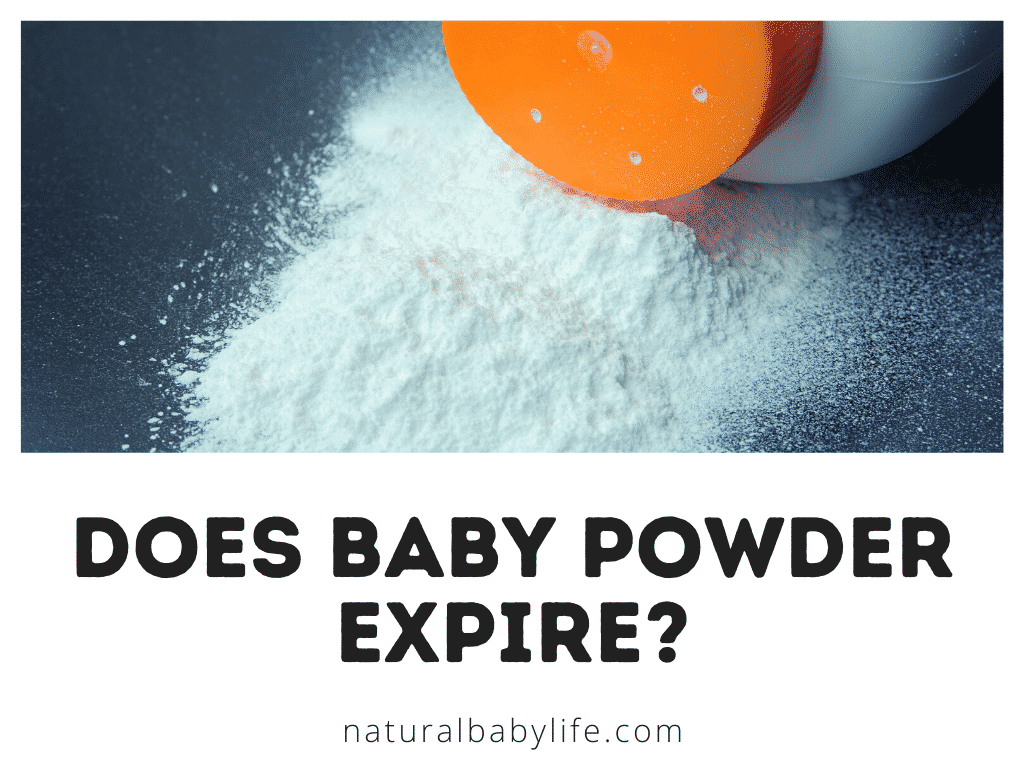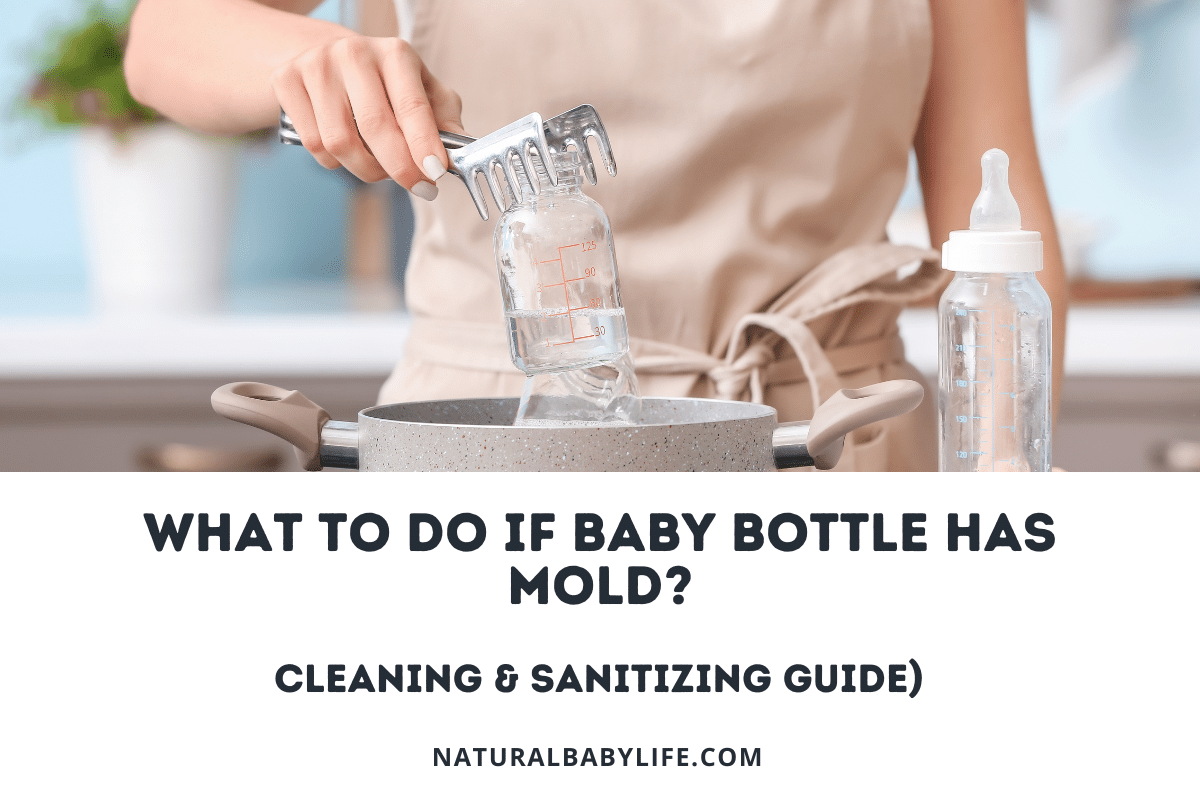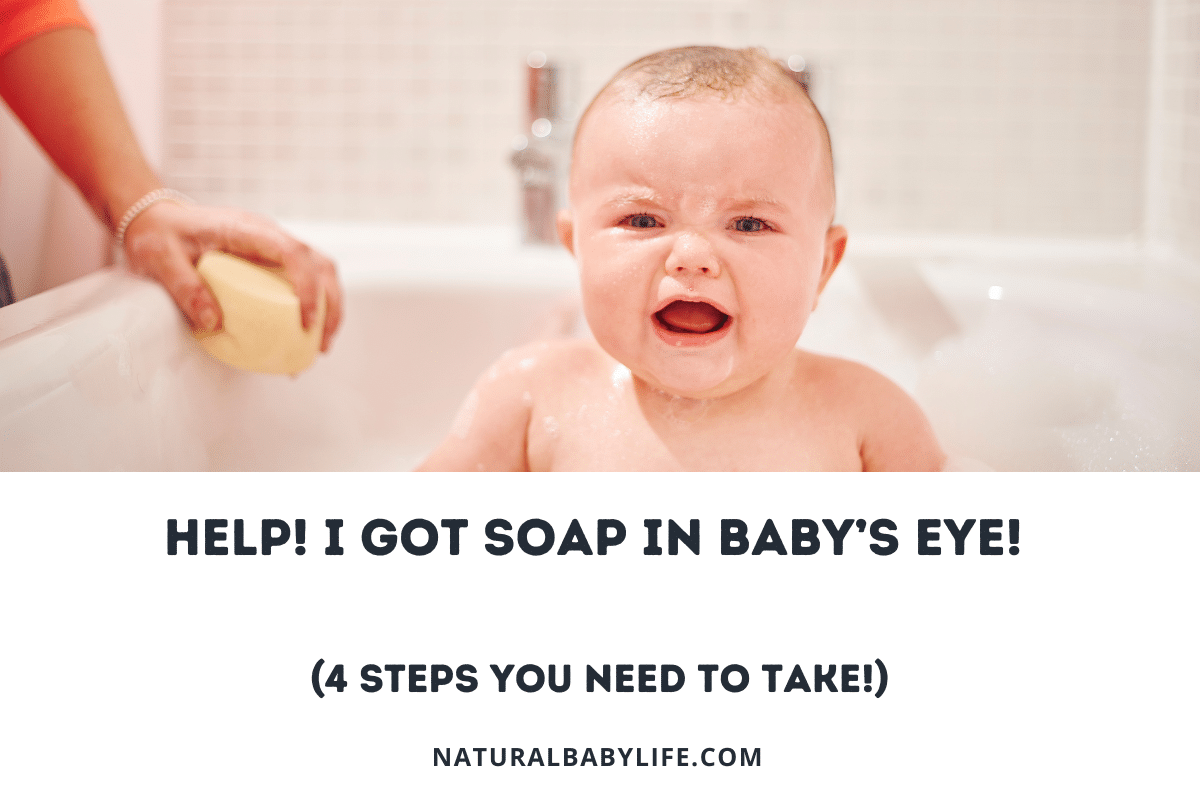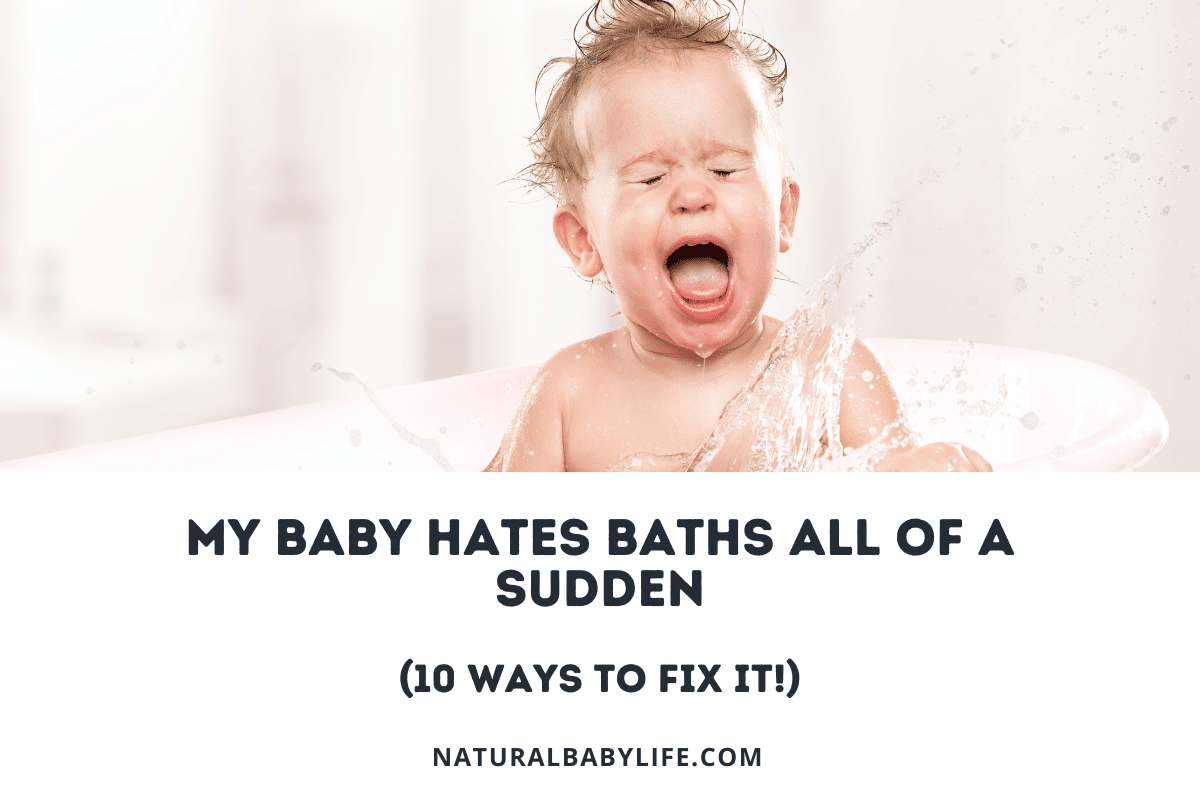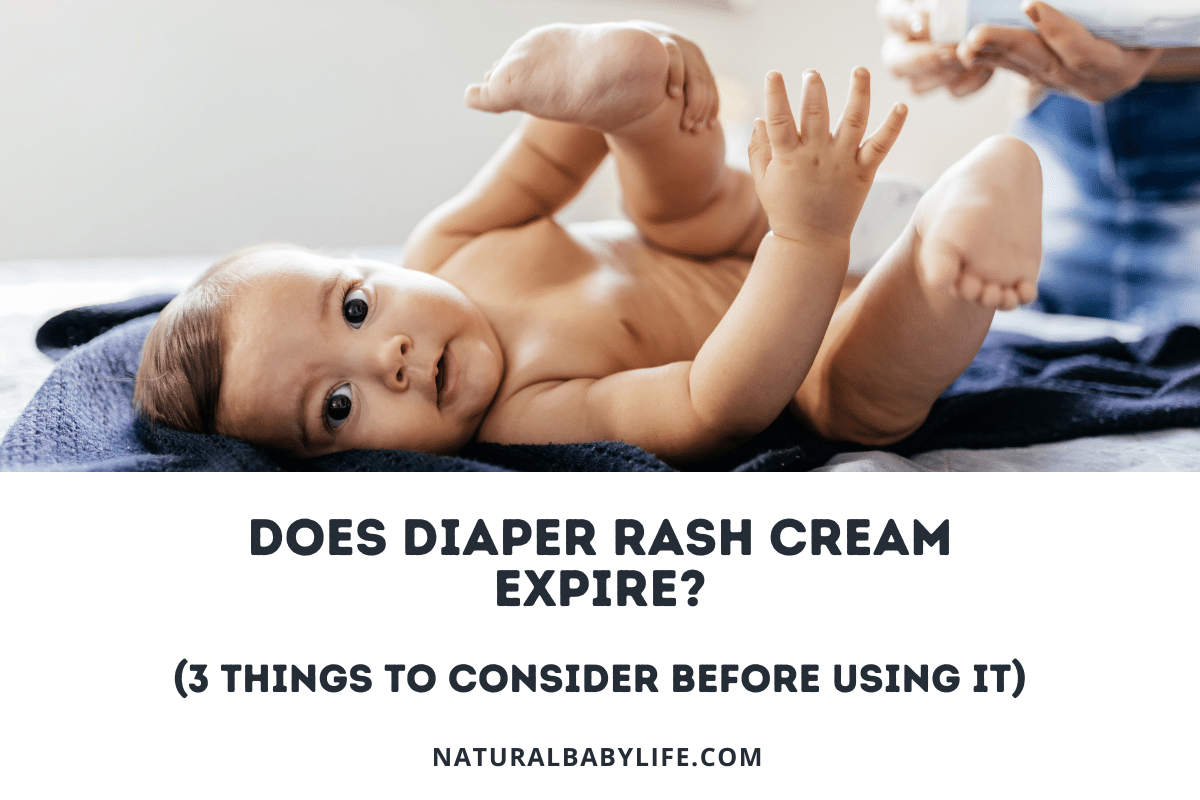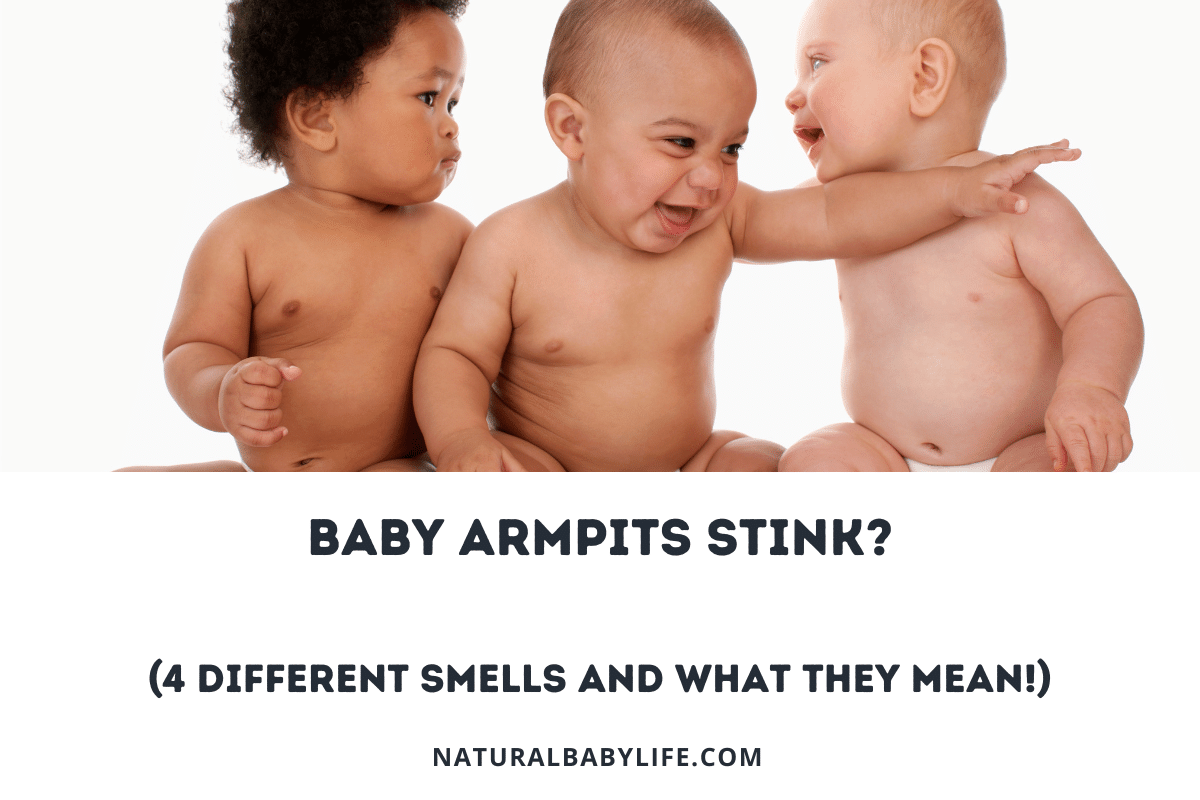Maybe your baby was born with no hair, a few strands, or a full head of beautiful locks. Caring for your baby’s hair can be fun, but what if you suddenly realize you’re greasy or oily baby hair?
Babies’ bodies are constantly changing, and even their hair can be affected by their growth and development. Refrain from shampooing your baby’s hair daily, but use a gentle moisturizing formula when you do.
Keep reading to learn more about why your baby’s hair might be oily throughout their first year, and what you can do to help make it less greasy.
Table of Contents
What causes oily baby hair?
Oily hair might not be the first issue that comes to mind when you think of concerns you might encounter with your baby. However, it is more common than you might think! If your little one has greasy hair, you probably wonder why.
The explanations for oily hair in babies are sometimes similar to reasons why older kids have greasy hair – things like overwashing or frequent touching.
Some reasons for oily hair, however, are specific to newborns. These might include hormonal changes, high oil production, and remaining vernix caseosa.
Newborns most commonly have oily hair related to the vernix present at birth, which might leave a residue. Within a few months, hormonal changes may affect your baby’s hair.
And as your baby gets partway through her first year and grows more hair, daily routines like shampooing and brushing may be to blame for excess oil.
Newborn has oily hair
Many babies are born with very little hair, so oily hair may not be a concern at this stage. Babies who are born with a full head of hair, on the other hand, may appear to have very greasy hair.
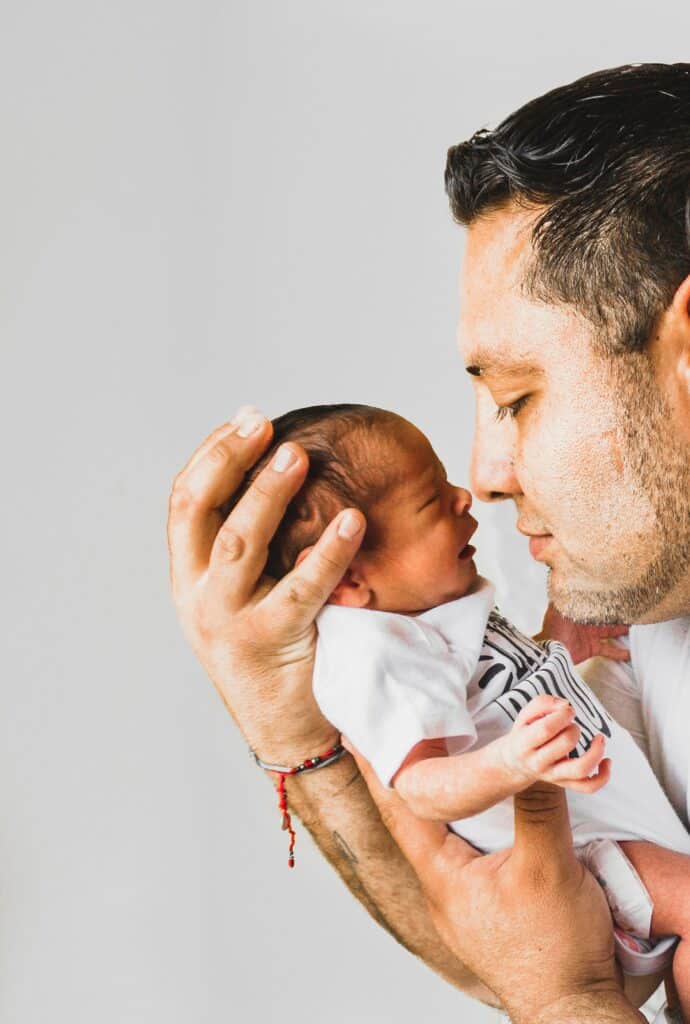
The biggest reason for oily hair during the newborn stage is the vernix caseosa which covers all newborns at birth. The vernix is a creamy substance that covers a newborn’s skin and helps retain moisture after delivery.
The vernix is loaded with lipids (fats) that may give the skin and hair an oily appearance. You might wonder – if the vernix makes my baby’s skin and hair look greasy, shouldn’t I wash it off?
However, there are a number of benefits to delaying the first bath and rubbing the vernix into the skin and scalp. Some benefits include improved temperature regulation, stronger immunity, and increased success with early breastfeeding.
3-month-old oily hair
As your baby grows and changes, so will her hair.
At three months old, your baby may go through a phase of hair loss, which is totally normal and related to falling hormone levels after birth. It might even grow back a different color!
However, if your baby keeps most of her hair, you may notice it is a bit greasy. The same hormonal changes that cause infant hair loss may also cause oily hair. Just like kids going through puberty might get oily skin, so, too, might babies.
Several factors at this age may cause oily hair. Hormonal changes and the production of oils that create cradle cap are common reasons your three-month-old might have greasy hair.
This is the age when many babies will begin to show signs of cradle cap. While the exact causes of cradle cap are not known, experts believe it may be a combination of oil and yeast on the scalp.
Cradle cap does not cause greasy hair, but the two often come together due to increased oil production at this age.
5-month-old has oily hair
In a 5-month-old baby, hair loss should be waning and many babies will start growing fuller heads of hair. As your baby’s hair fills in, you might notice it looks a bit more oily.
Oily hair in a five-month-old might still be related to cradle cap, or it could be caused by more frequent touching of the hair or overwashing.
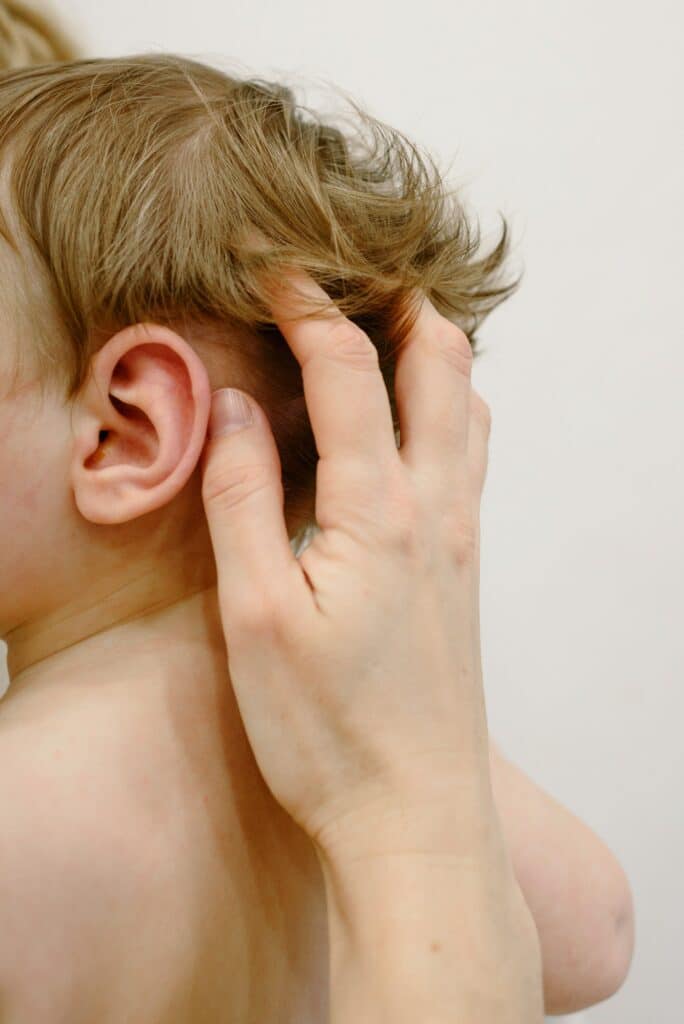
When your baby has more hair, you are more likely to brush it, style it, or just run your fingers through it.
Your baby will also begin to have more control of her hands and will discover different parts of her body around four months, so she may play with her hair as well.
When hair is touched, it stimulates oil production and spread oil down the strand of hair, so lots of touching may cause hair to look greasy.
In addition, the cause of oily hair at this stage is often overwashing. Many babies and parents love their bedtime bath routine, but shampooing your baby’s hair daily may cause her scalp to dry out.
Her body will compensate by producing extra sebum, or oil, which may result in greasy-looking hair.
Does cradle cap make babies’ hair oily?
Cradle cap shows up in the form of crusty, scaly patches on the scalp. The scalp may appear dry or oily. If it is dry, flaking or dandruff will occur. If the scalp is oily, the patches will feel greasy.
Cradle cap does not make a baby’s hair oily. Instead, the oil produced by a baby’s hair follicles is probably combined with yeast to produce the crusty scales so characteristic of cradle cap.
Don’t worry that if your baby has a cradle cap, she will also have greasy hair. However, know that some of the principles for treating cradle cap are the same as those for reducing oily baby hair.
How do you get rid of oily baby hair?
A baby’s oily hair will not cause her any harm, and it will probably adjust in time as your baby’s hormones level off and he/she finds new activities more exciting than playing with her hair.
But if you don’t like how it looks or feels, there are a few things you can do to make it less greasy.
The most important tip: don’t shampoo your baby’s hair daily. While you may be tempted to wash oily hair, remember that frequent washing will dry your baby’s scalp, causing her sebaceous glands to produce more oil to compensate.
Dry your baby’s hair and scalp after washing to reduce the humidity level, which may increase oil production. You should also avoid over-brushing or touching your baby’s hair often if you would like to reduce its greasy appearance.
How often should you bathe your baby?
Remember that in the newborn stage, it is best to delay bathing to reap all the benefits of the vernix. Up to a week is perfectly acceptable for delaying the first bath, but even 24 to 48 hours is beneficial.
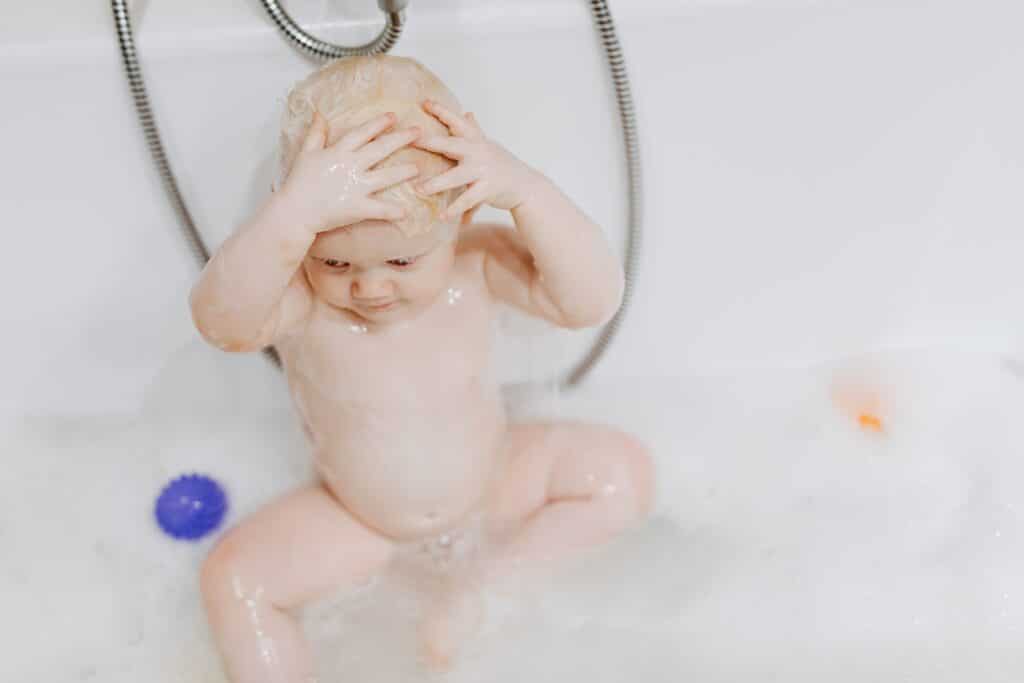
After that first bath, the AAP recommends bathing your baby about three times a week. Some families like a daily bath, so if you choose to bathe your baby every day, be sure to moisturize their skin afterward, and shampoo only 2-3 times per week.
The best shampoo for oily baby hair
Weleda Calendula Baby 2-in-1 is a gentle, natural formula that can be used as both a shampoo and body wash. Calendula, almond oil, and chamomile combine to create a product that is gentle, comforting, and lightly moisturizing but not greasy.
Another great shampoo option for oily-haired babies is The Honest Company Perfectly Gentle shampoo and body wash. This is another 2-in-1 product, which makes life easier for parents. It provides just enough moisture to the scalp without being oily.
If you’re dealing with a seriously oily scalp, you can try specialty baby shampoos like the Mustela Cradle Cap Foam Shampoo for Newborns or Dr. Eddie’s Happy Cappy Medicated Shampoo for Children.
| Image | Title | Price | Prime | Buy |
|---|---|---|---|---|
 Top
Top | Weleda Calendula Baby 2-in-1 Gentle Shampoo and Body Wash, 6.8 Fl Oz | PrimeEligible | Check the price on Amazon! | |
 Top
Top | The Honest Company Perfectly Gentle Sweet Orange Vanilla Shampoo + Body Wash, Baby Shampoo with Paraben-Free Baby Bath | PrimeEligible | Check the price on Amazon! |
Product prices and availability are accurate as of the date/time indicated and are subject to change. Any price and availability information displayed on [relevant Amazon Site(s), as applicable] at the time of purchase will apply to the purchase of this product.
Prices pulled from the Amazon Product Advertising API on:Conclusion
If your baby has oily hair, don’t worry that it’s a sign of a life-long problem. Fluctuating hormones and over-shampooing are the major causes of oily baby hair.
Try cutting back on the weekly shampoos, avoid touching your baby’s scalp, and do your best to wait it out.

